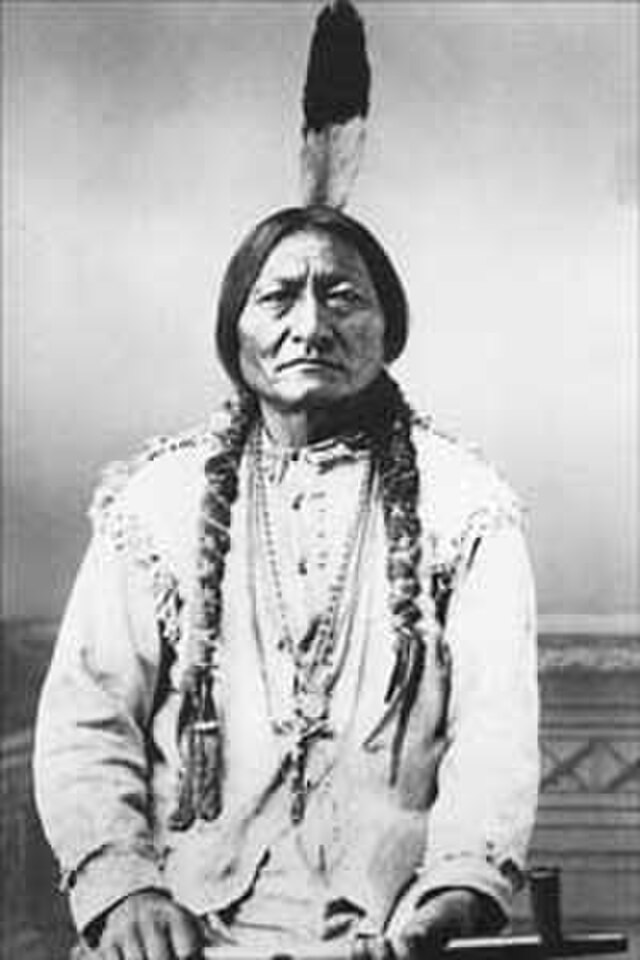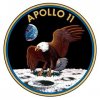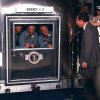Two very good reads there GB, much political intrigue and machinations in good queen bess's time. I didn't know how Sitting Bull met his end. Good stuff.
45 years ago today.
1969.07.20 - Apollo 11 achieves first landing of humans on the moon.
At 8:50 a.m. July 20, Armstrong and Aldrin reentered the LM and checked out all systems. They performed a maneuver at 1:11 p.m. to separate the LM from the CSM and began the descent to the moon. The LM touched down on the moon at 4:18 p.m. EDT July 20. Armstrong reported to mission control at MSC, "Houston, Tranquillity Base here - the Eagle has landed."
For the next 10 minutes Armstrong and Aldrin were occupied with several post-landing procedures, reconfiguring switches and systems. Armstrong found time to report to Mission Control what he had been too busy to tell them during the landing: that he had manually flown the lunar module over the rockstrewn crater where the automatic landing system was taking it. Then he made his first quick-look science report:
"We'll get to the details of what's around here, but it looks like a collection of just about every variety of shape, angularity, granularity, about every variety of rock you could find. . . . There doesn't appear to be too much of a general color at all. However, it looks as though some of the rocks and boulders, of which there are quite a few in the near area, it looks as though they're going to have some interesting colors to them. . . . "
After giving Houston as many clues as he could to the location of their module, he added some more description:
"The area out the left-hand window is a relatively level plain cratered with a fairly large number of craters of the 5- to 50-foot variety, and some ridges - small, 20, 30 feet high, I would guess, and literally thousands of little 1- and 2-foot craters around the area. We see some angular blocks out several hundred feet in front of us that are probably 2 feet in size and have angular edges. There is a hill in view, just about on the ground track ahead of us. Difficult to estimate, but might be half a mile or a mile. "
Armstrong and Aldrin then started preparing their spacecraft for takeoff, setting up critical systems to be ready in case something happened and they had to leave the lunar surface quickly. A short break in this activity gave Armstrong a chance to pass along more information about the landing site:
". . . The local surface is very comparable to that we observed from orbit at this sun angle, about 10 degrees sun angle, or that nature. It's pretty much without color. It's . . . a very white, chalky gray, as you look into the zero-phase line [directly toward the sun]; and it's considerably darker gray, more like . . . ashen gray as you look out 90 degrees to the sun. Some of the surface rocks in close here that have been fractured or disturbed by the rocket engine plume are coated with this light gray on the outside; but where they've been broken, they display a dark, very dark gray interior; and it looks like it could be country basalt. "
Setting up the spacecraft systems took another hour and a half to complete; then they were ready to get out and explore. The flight plan called for them to eat and then rest for four hours, but Aldrin called Mission Control to recommend starting their surface exploration in about three hours' time. Houston concurred. Although they had been awake almost 11 hours and had gone through some stressful moments during the landing, it seemed too much to expect the first men on the moon to take a nap before they made history.
While Armstrong and Aldrin tended to their postlanding chores, Mike Collins, orbiting 60 nautical miles (112 kilometers) overhead in the command module Columbia, had little to do. Houston enlisted his aid in an attempt to locate Eagle, giving him the best map coordinates they could derive from the sketchy information available. With his navigational sextant Collins scanned several spots, without success; Columbia passed over the landing site too rapidly to allow him to search the area thoroughly and he never found the lunar module. Determination of its exact location had to wait for postmission analysis of Armstrong's descriptions of the area and examination of the spacecraft's landing trajectory.


[video=youtube;RMINSD7MmT4]https://www.youtube.com/watch?v=RMINSD7MmT4[/video]

















